5 Best Methods to Check VRAM on Windows 11 in 2022
Memory has always been an integral part of computing, whether it is RAM or VRAM. While RAM helps your system manage most CPU-intensive resources, VRAM is high-bandwidth memory reserved for GPU-intensive tasks.
How to check VRAM on Windows 11
You can check VRAM on Windows 11 in 5 different ways depending on the GPU installed in your system.
Use the following methods to help you find the VRAM currently available on your PC.
Method 1: Using Task Manager (dGPU only)
Press Ctrl Shift Esc to launch Task Manager. Once it launches on your PC, click on Performance.
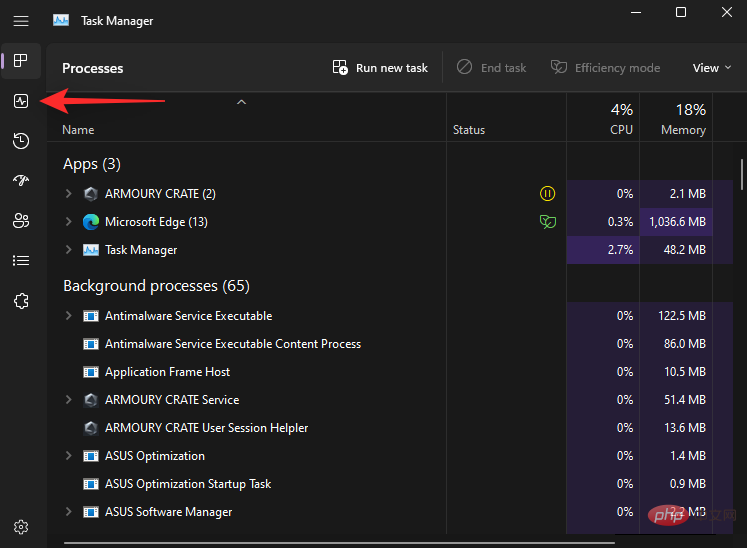
GPU 1.
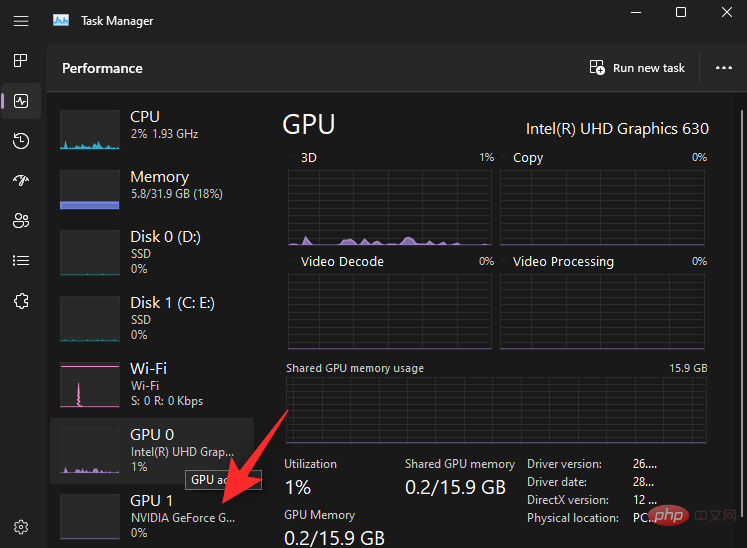
NOTE: GPU 0 will be your iGPU, but Task Manager will not show its private memory, only shared memory. You can instead use one of the following methods to check the dedicated memory supported by your iGPU.
You will now be shown performance statistics for your dedicated GPU. Check out the stats below.You will find your current VRAM capacity under Dedicated GPU Memory .
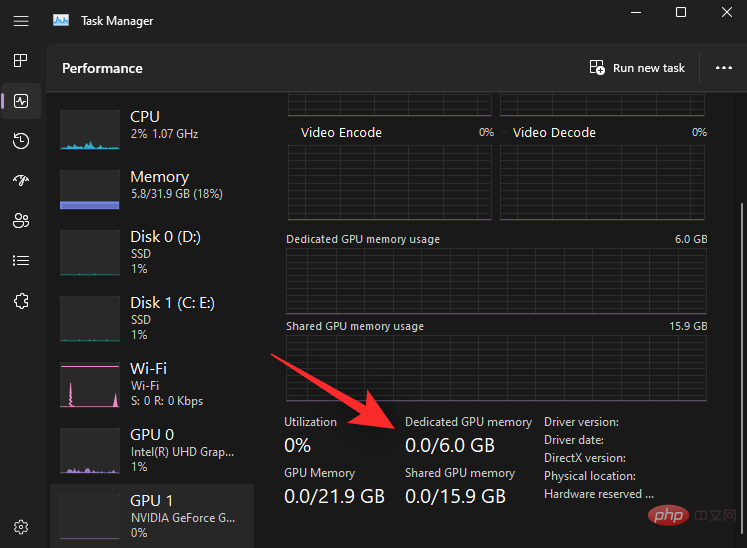
Shift Right-click on your desktop and select Nvidia Control Panel.

System Information.
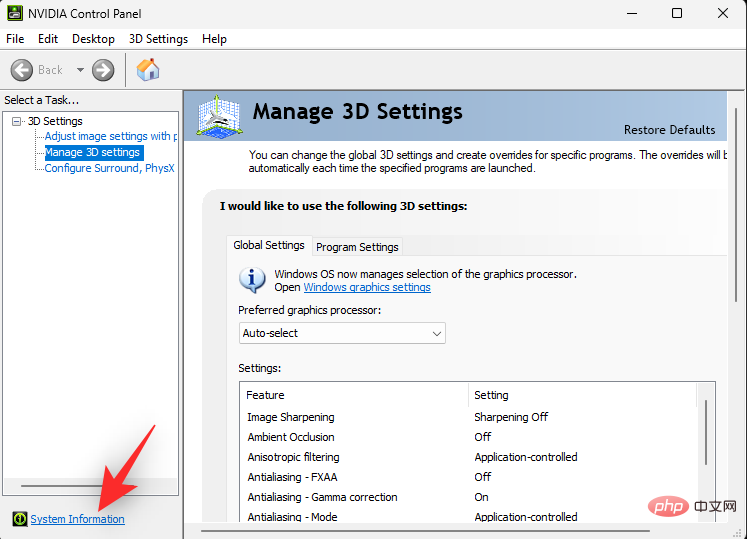
Details section to find Dedicated Video Memory. This is the current VRAM capacity of your dedicated GPU.
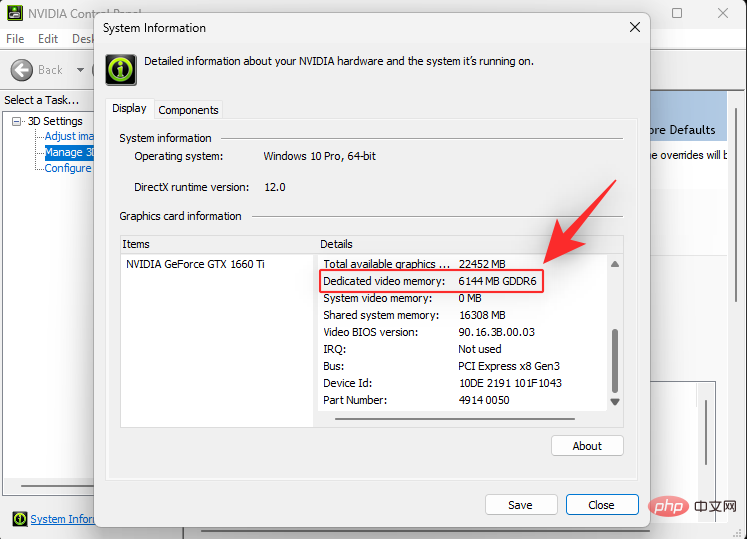
Shift Right-click on your desktop and select AMD Radeon Software. Click the gear ( ) icon  in the upper right corner, then click System. You will now see your GPU model and the VRAM capacity next to it. You can click More Details to view more information about the card.
in the upper right corner, then click System. You will now see your GPU model and the VRAM capacity next to it. You can click More Details to view more information about the card.
Shift Right-click on an empty area of the desktop and click AMD Catalyst Control Center. Now, click Information in the left column and select Hardware. You will see all the details of the graphics card currently installed on your system. Looking for memory size. This is the VRAM capacity of your GPU.
Windows i and click Display.
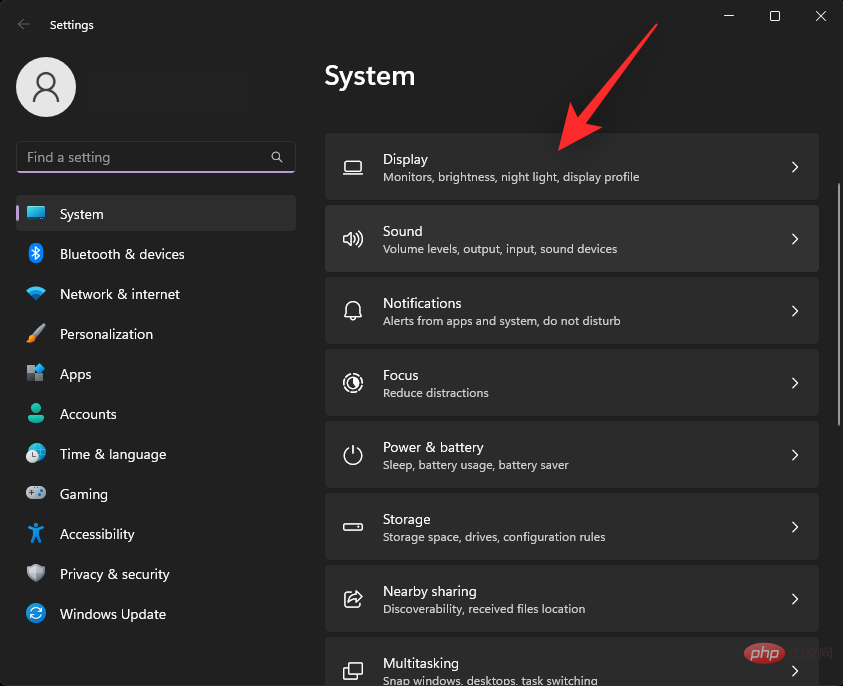
Advanced Display.
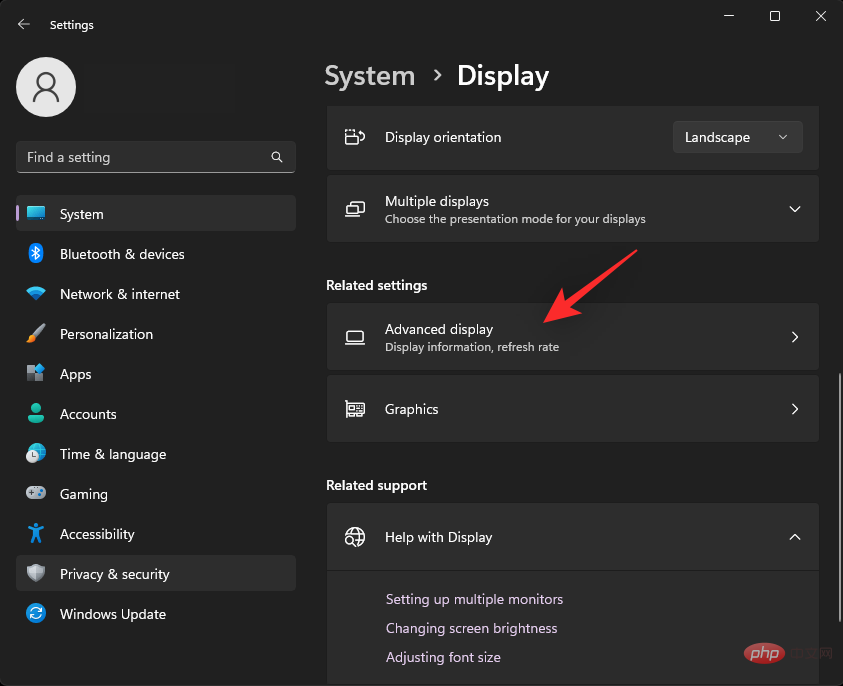
Display 1's Display Adapter Properties.
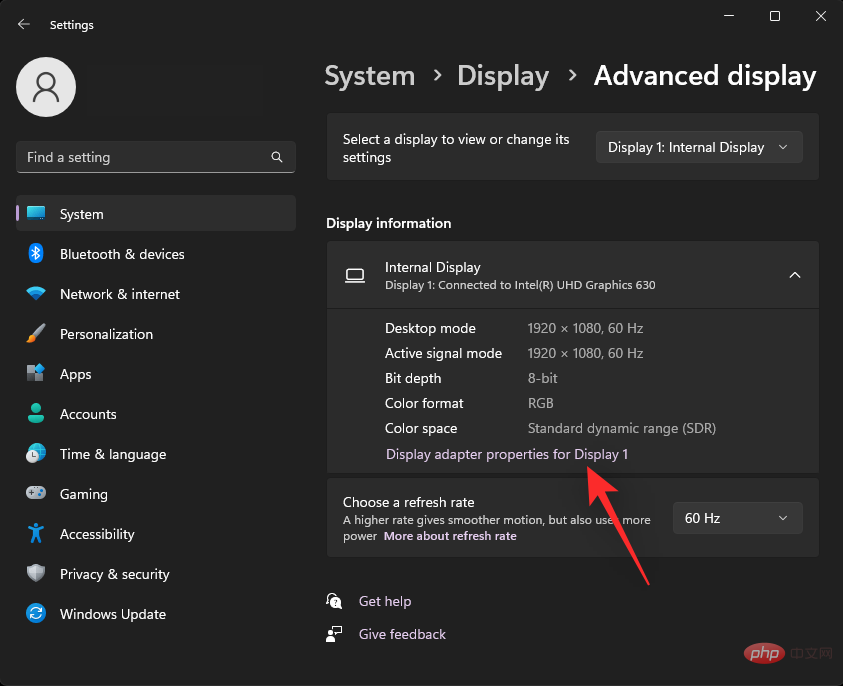
Note: You can only use this method to view the IGPU's VRAM if you have a laptop. This is because almost all laptop monitors are designed to be powered by an IGPU by default. Your laptop should only switch to the DGPU when necessary for graphics-intensive tasks.
Now look for the value named Dedicated Video Memory. This is the current VRAM capacity of your chosen GPU.
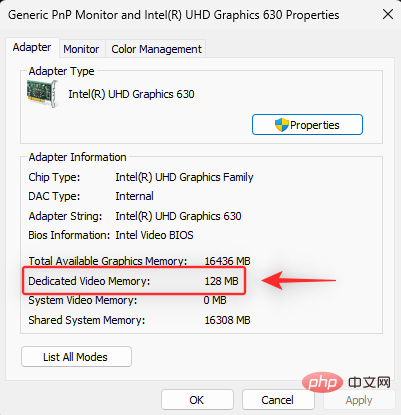
This is how you can view VRAM using display settings.
Method 4: Use the DirectX Diagnostic Tool
Press Windows R to start running.
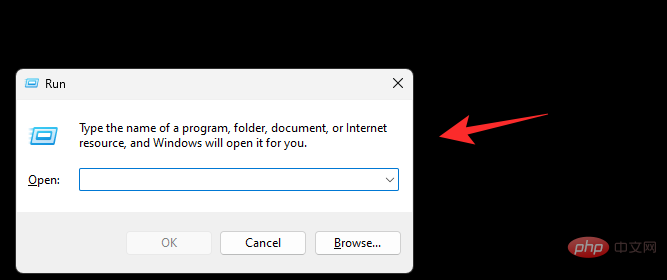
Type the following and press Enter. You can also click "OK" if necessary.
dxdiag
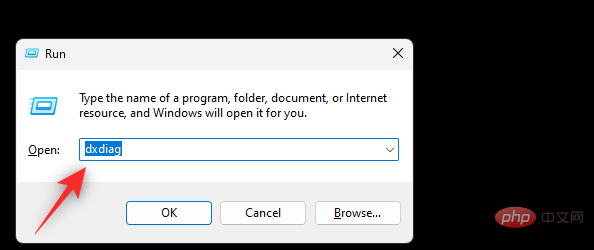
The DirectX Diagnostic Tool will now open on your PC. Click the at the top to display 1.
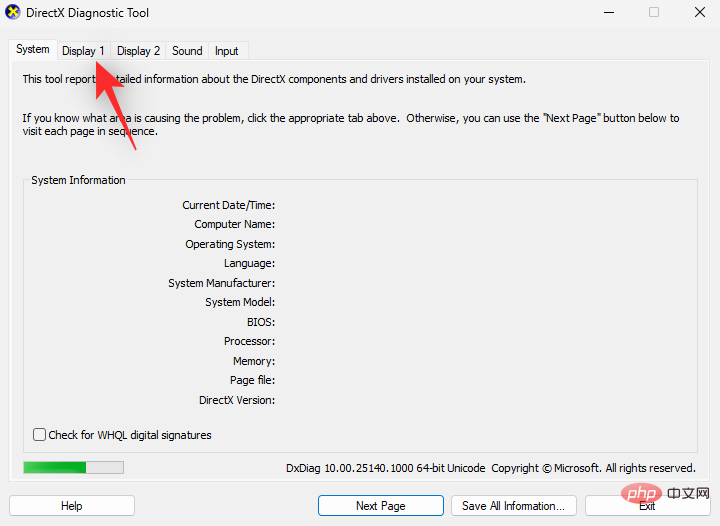
This is your iGPU and you will find its VRAM capacity next to Display Memory (VRAM).

Click to display 2.

#Note: This only applies to systems with dedicated GPUs.
You will find the VRAM capacity of your dGPU next to Display Memory (VRAM).

This is how you can check VRAM using the DirectX diagnostic tool in Windows 11.
Method 5: Use a third-party application
You can also use a third-party application to check your VRAM capacity. We recommend using HWinfo to perform a detailed analysis of all your hardware components. Please follow the steps below to help you through the process.
- Download link
Use the link above to download HWinfo. We recommend you choose the portable version for easier access. Once downloaded, unzip and launch HWinfo from the same file using the .exe file relevant to your system.
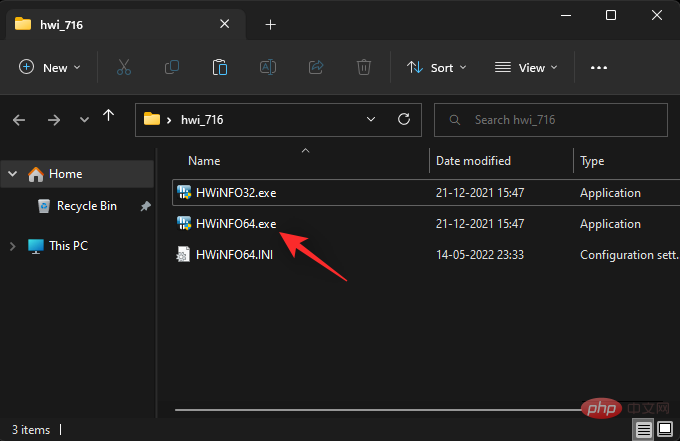
Click Run.

Double-click Video Adapter in the left sidebar.
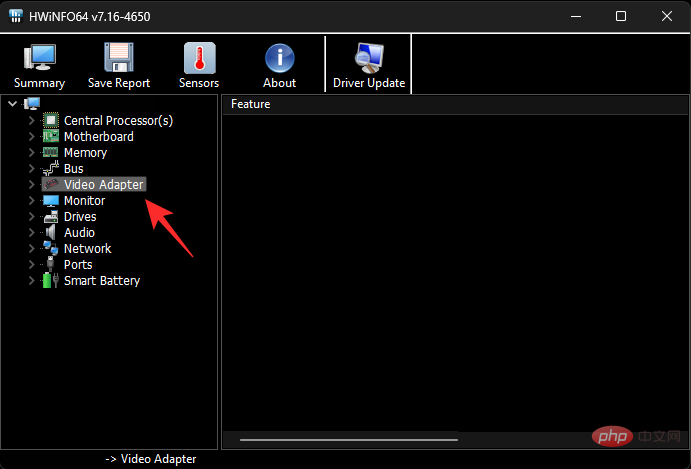
Click and select the desired GPU.
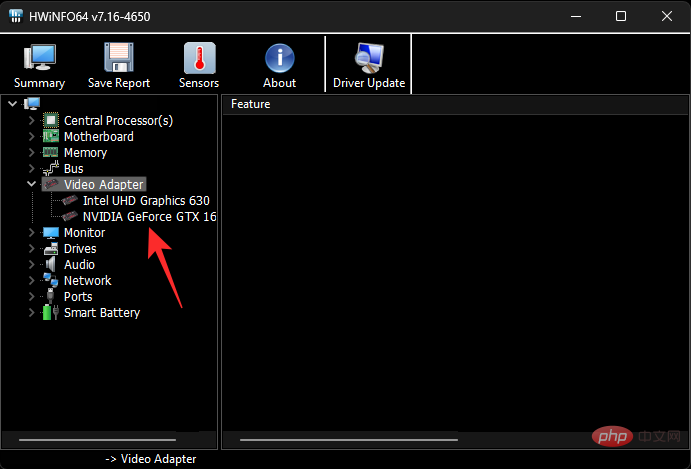
Find the video memory value on the right. This is the VRAM capacity of the current GPU.
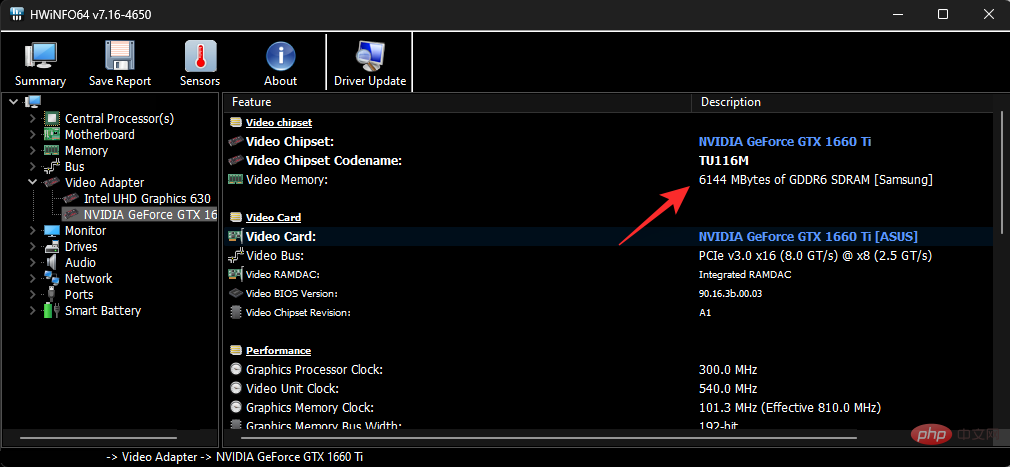
Note: Your iGPU may be using shared memory in RAM, depending on your Windows setup. This will also be reflected in the iGPU readings. If your VRAM capacity appears to be off in HWinfo, we recommend verifying it using the advanced display settings using the method above. You can also use DirectX diagnostic tools for more detailed analysis.
This is how to find the VRAM size using HWinfo.
The above is the detailed content of 5 Best Methods to Check VRAM on Windows 11 in 2022. For more information, please follow other related articles on the PHP Chinese website!

Hot AI Tools

Undresser.AI Undress
AI-powered app for creating realistic nude photos

AI Clothes Remover
Online AI tool for removing clothes from photos.

Undress AI Tool
Undress images for free

Clothoff.io
AI clothes remover

Video Face Swap
Swap faces in any video effortlessly with our completely free AI face swap tool!

Hot Article

Hot Tools

Notepad++7.3.1
Easy-to-use and free code editor

SublimeText3 Chinese version
Chinese version, very easy to use

Zend Studio 13.0.1
Powerful PHP integrated development environment

Dreamweaver CS6
Visual web development tools

SublimeText3 Mac version
God-level code editing software (SublimeText3)

Hot Topics
 What is the reason why PS keeps showing loading?
Apr 06, 2025 pm 06:39 PM
What is the reason why PS keeps showing loading?
Apr 06, 2025 pm 06:39 PM
PS "Loading" problems are caused by resource access or processing problems: hard disk reading speed is slow or bad: Use CrystalDiskInfo to check the hard disk health and replace the problematic hard disk. Insufficient memory: Upgrade memory to meet PS's needs for high-resolution images and complex layer processing. Graphics card drivers are outdated or corrupted: Update the drivers to optimize communication between the PS and the graphics card. File paths are too long or file names have special characters: use short paths and avoid special characters. PS's own problem: Reinstall or repair the PS installer.
 How to speed up the loading speed of PS?
Apr 06, 2025 pm 06:27 PM
How to speed up the loading speed of PS?
Apr 06, 2025 pm 06:27 PM
Solving the problem of slow Photoshop startup requires a multi-pronged approach, including: upgrading hardware (memory, solid-state drive, CPU); uninstalling outdated or incompatible plug-ins; cleaning up system garbage and excessive background programs regularly; closing irrelevant programs with caution; avoiding opening a large number of files during startup.
 How to solve the problem of loading when PS is always showing that it is loading?
Apr 06, 2025 pm 06:30 PM
How to solve the problem of loading when PS is always showing that it is loading?
Apr 06, 2025 pm 06:30 PM
PS card is "Loading"? Solutions include: checking the computer configuration (memory, hard disk, processor), cleaning hard disk fragmentation, updating the graphics card driver, adjusting PS settings, reinstalling PS, and developing good programming habits.
 Is slow PS loading related to computer configuration?
Apr 06, 2025 pm 06:24 PM
Is slow PS loading related to computer configuration?
Apr 06, 2025 pm 06:24 PM
The reason for slow PS loading is the combined impact of hardware (CPU, memory, hard disk, graphics card) and software (system, background program). Solutions include: upgrading hardware (especially replacing solid-state drives), optimizing software (cleaning up system garbage, updating drivers, checking PS settings), and processing PS files. Regular computer maintenance can also help improve PS running speed.
 How to solve the problem of loading when the PS opens the file?
Apr 06, 2025 pm 06:33 PM
How to solve the problem of loading when the PS opens the file?
Apr 06, 2025 pm 06:33 PM
"Loading" stuttering occurs when opening a file on PS. The reasons may include: too large or corrupted file, insufficient memory, slow hard disk speed, graphics card driver problems, PS version or plug-in conflicts. The solutions are: check file size and integrity, increase memory, upgrade hard disk, update graphics card driver, uninstall or disable suspicious plug-ins, and reinstall PS. This problem can be effectively solved by gradually checking and making good use of PS performance settings and developing good file management habits.
 Is PS slow loading related to other programs that are running?
Apr 06, 2025 pm 06:03 PM
Is PS slow loading related to other programs that are running?
Apr 06, 2025 pm 06:03 PM
The secrets to mastering Office software include: understanding different versions and platforms, correctly installing and configuring, proficient in using the software interface, in-depth understanding of feature operations, application collaboration and sharing functions, utilizing templates and styles, mastering advanced skills, and solving common problems. In addition, you need to choose a version that suits your needs, make good use of templates and styles, develop backup habits, and learn shortcut keys and advanced techniques to improve efficiency.
 Does mysql need the internet
Apr 08, 2025 pm 02:18 PM
Does mysql need the internet
Apr 08, 2025 pm 02:18 PM
MySQL can run without network connections for basic data storage and management. However, network connection is required for interaction with other systems, remote access, or using advanced features such as replication and clustering. Additionally, security measures (such as firewalls), performance optimization (choose the right network connection), and data backup are critical to connecting to the Internet.
 How to solve the problem of loading when PS is started?
Apr 06, 2025 pm 06:36 PM
How to solve the problem of loading when PS is started?
Apr 06, 2025 pm 06:36 PM
A PS stuck on "Loading" when booting can be caused by various reasons: Disable corrupt or conflicting plugins. Delete or rename a corrupted configuration file. Close unnecessary programs or upgrade memory to avoid insufficient memory. Upgrade to a solid-state drive to speed up hard drive reading. Reinstalling PS to repair corrupt system files or installation package issues. View error information during the startup process of error log analysis.





